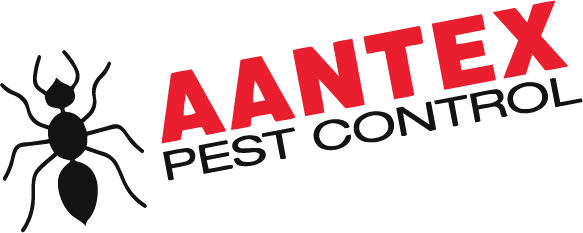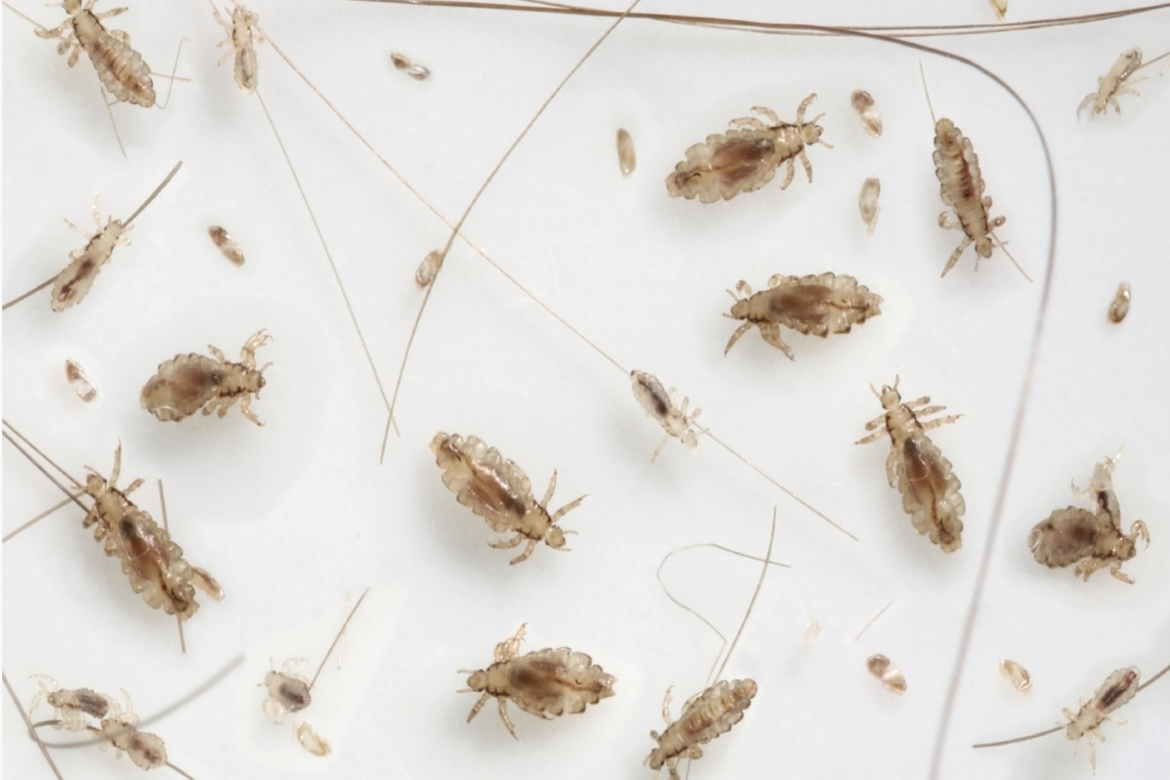Reports of head lice infestations in the United States hover around 12 million cases a year. There is no distinct ‘head lice season,’ however, it is accurate that cases of head lice increase with the start of the school year. Head lice are not a pest that is treated by Pest control companies but they are considered a pest. As experts in Pest Control, we want to help our community understand head lice, learn how to identify and prevent them.
What Are Lice?
Lice are sesame seed-sized, wingless insects that feed exclusively on the blood of humans. They lay between 4-5 eggs a day and can be found close to the scalp. Although lice are more common in girls, due to long locks, lice can be found in boys as well. To determine if your child has lice, have them sit under a bright light and look for tiny eggs in their hair. The eggs may look like dandruff but are very difficult to remove from the head. Coloring includes grey or caramel colors as eggs, yellow or greyish white or tan as insects. In general, lice are found in the hair behind the ears or at the nape of the neck.
Misconceptions About Lice
Having lice can be embarrassing but the most common misconception is that head lice are associated with poor hygiene. Lice are attracted to human blood and do not care if your hair is clean or dirty.
How to Identify Lice?

Male human head louse, Pediculus humanus capitis.
Photo by: Giles San Martin https://www.flickr.com/people/9082612@N05
Information provided by pestworld.org
- Color: Dirty white to grayish-black
- Size: Adults are small, about 1/16 – 1/8″ long
- Legs: 6
- Antennae: Yes
- Shape: Long, flat body
- Region: Found throughout the United States
How Do You Prevent Head Lice?
Transmission of lice is through head-to-head contact, or by sharing brushes, blow-dryers, hair accessories, bedding, hats, or helmets. The easiest way to prevent a lice infestation is to teach your child not to share things that touch their head. This means all brushes, combs, hair accessories, scarves, helmets, towels, and even earbuds or earphones can be points of transmission. If your school does not require your child to have their own headphones or earbuds, it is a good idea that you provide them anyway.
What If The School Reports Lice on Campus?
If your school reports a lice infestation on campus, the first thing you should do is check your child’s head. Second, inspect household items that can be infested with lice, such as towels, pillows, rugs, and couches. Also, look closely at the clothes your child has worn the last few days for signs of bugs or eggs. Finally, reinforce the message of not sharing anything that touches the head.
Perform head-checks on everyone in your household. Check 4 major areas of the head, these are prime locations for lice:
- the front of the hairline
- the area behind the ears
- the crown of the head
- the back of the neck
Do-it-Yourself Steps to Treating Lice
- Obtain an over-the-counter treatment that contains either Pyrethrin or Permethrin, both of which are FDA approved.
- Use the treatment (and only one of the types), twice at intervals of 1 week. Most treatments are applied similar to shampoo and ask you to run a specifically designed fine-tooth comb through the hair to remove any eggs. The hair should be washed, fully clothed and rinsed at the sink as the chemicals may hurt your child’s skin.
- After the treatment, check your child’s head within 8 hours and check for an update. If there are no changes, contact their physician as a stronger treatment may be required. If there is a change, reapply the same treatment within a week. In the meantime, do not shampoo hair for another 2 days and using the specialized comb, comb through the hair 3-times a day to remove any hidden eggs.
- Finally use hot water of 130 degrees or more to wash clothes, bedding, blankets, towels, or pillows that may have come in contact with your child.

